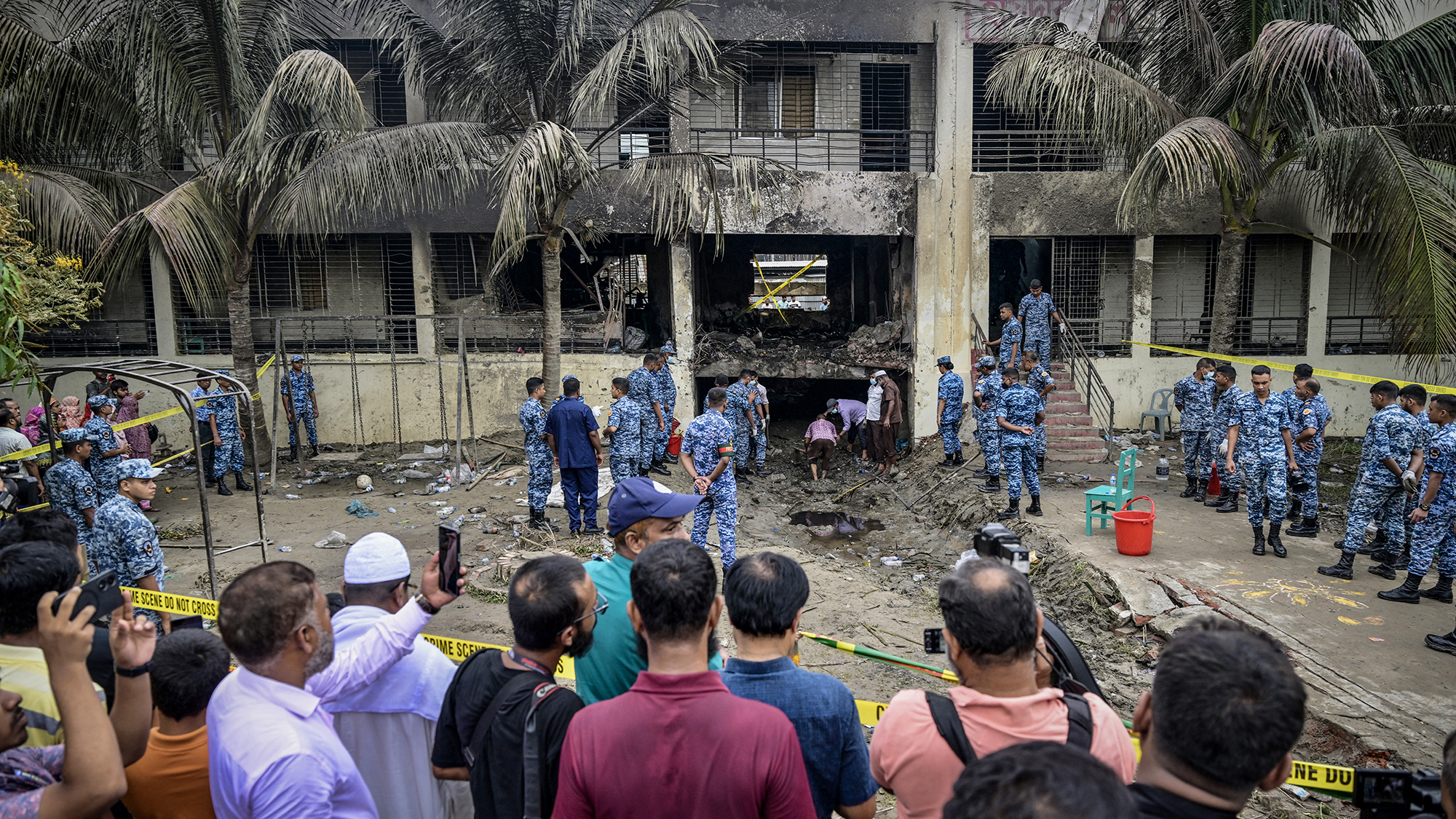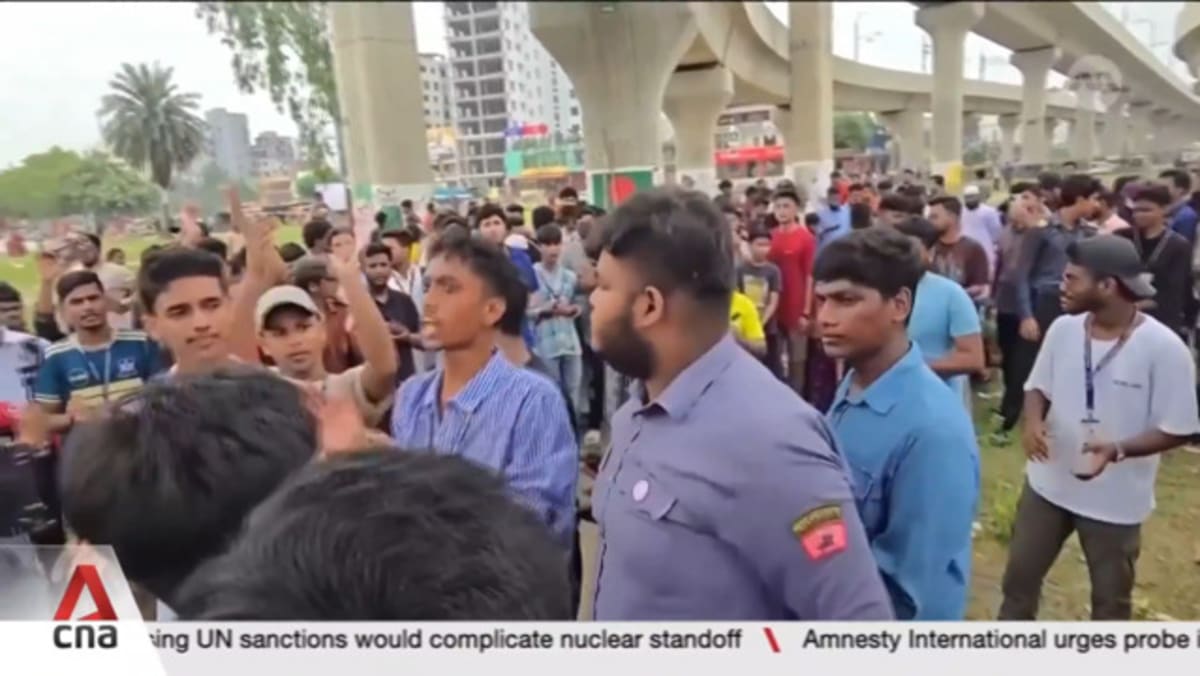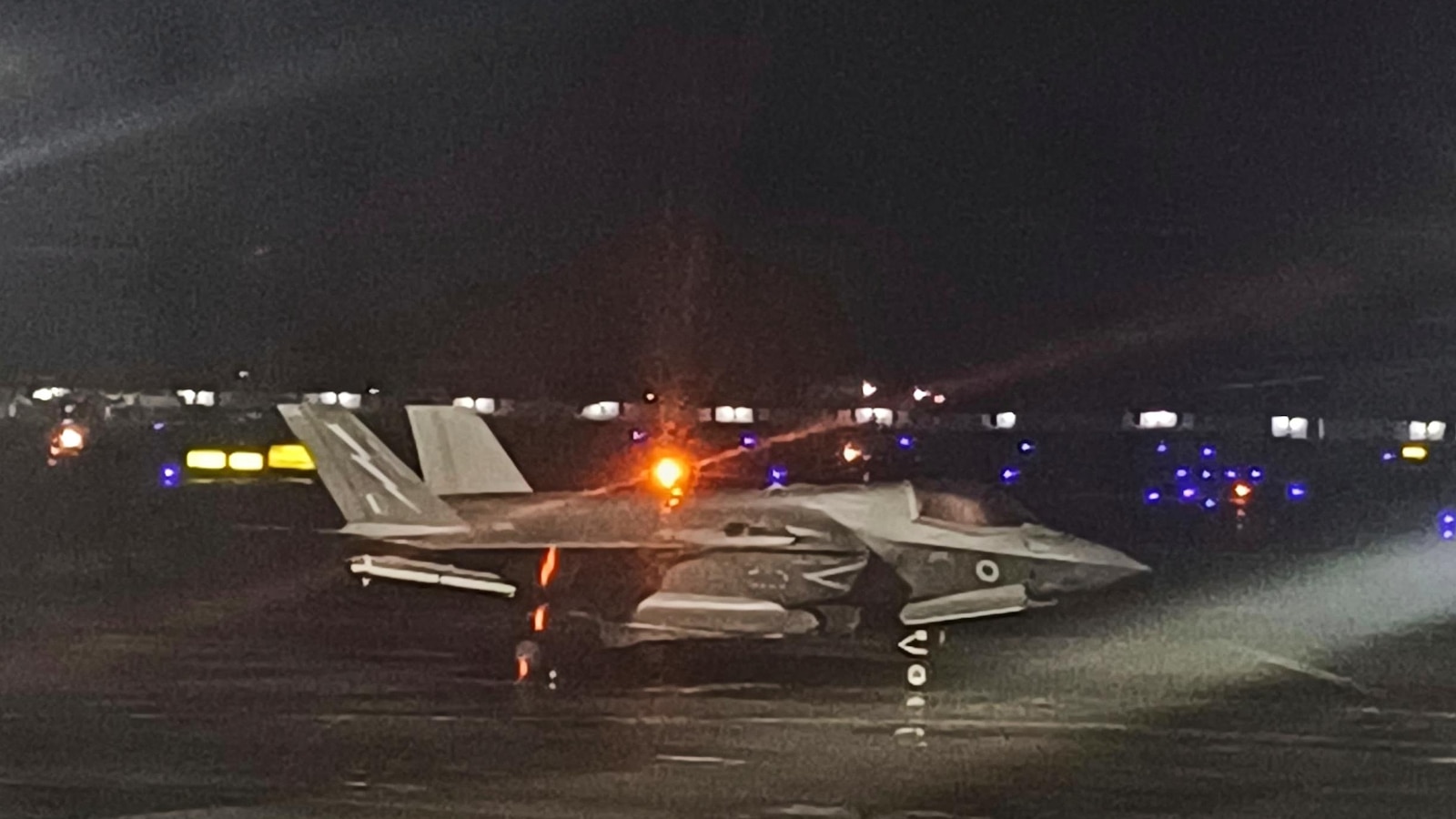A fighter jet crash in Dhaka, Bangladesh, has left the nation reeling after at least 31 people, predominantly children, were killed when the aircraft plunged into a school. The Chinese-made F-7 BJI jet experienced a mechanical failure shortly after takeoff, crashing into the Milestone School and College in a densely populated area. Eyewitnesses described the horrifying moment the jet collided with the building, shattering lives and instilling fear in a community that once felt safe. With families
Did You Know
Butterflies taste with their feet.
?
AD
mourning their losses, the tragic event has become the country’s deadliest aviation disaster in decades.
The aftermath of the crash has sparked widespread protests across the capital as students and citizens alike demand accountability from the government regarding the reliability of military aircraft. Demonstrators expressed their frustration over the perceived negligence, igniting a firestorm of anger directed at authorities. Amid the grief and fury, the government declared a national day of mourning as families gathered to remember the young lives lost in this catastrophic incident, further amplifying the emotional turmoil that has enveloped the nation.
This tragedy has opened a painful dialogue regarding aviation safety in Bangladesh and the responsible use of military aircraft. Calls for reform and stringent safety protocols have surged, leading many to question how such a disaster could occur in the first place. As the nation grapples with its grief, the need for meaningful change resonates deeply in the hearts of the affected families and the broader public, who seek justice and assurance that such a calamity will never happen again.
Q&A (Auto-generated by AI)
What caused the Bangladesh jet crash?
The Bangladesh air force jet crash was attributed to a mechanical failure shortly after takeoff. The aircraft, a Chinese-made F-7 BJI, crashed into a school in Dhaka, resulting in significant casualties, including many children. Mechanical failures in military aircraft can stem from various issues, including maintenance lapses, aging technology, or design flaws, which raise concerns about the safety of using such aircraft in civilian areas.
How are military aircraft maintained in Bangladesh?
Military aircraft in Bangladesh are maintained by the Bangladesh Air Force, which follows standard maintenance protocols similar to those used globally. Regular inspections, repairs, and upgrades are essential for ensuring safety and operational readiness. However, the aging fleet poses challenges, as older aircraft may require more frequent repairs and updates to meet safety standards, highlighting the need for investment in newer technology.
What are the safety regulations for air force jets?
Safety regulations for air force jets typically involve stringent maintenance schedules, pilot training, and operational protocols. These regulations are designed to minimize risks during flights, especially in civilian areas. In many countries, military aviation safety regulations are enforced by national defense authorities, which ensure compliance through inspections and audits. Adherence to these regulations is vital to prevent accidents like the recent crash in Bangladesh.
How do memes influence public perception of events?
Memes can significantly influence public perception by shaping narratives around events quickly and virally. In the case of the stranded British F-35 jet, memes provided a humorous lens through which people engaged with the story, potentially softening the impact of the incident. This can lead to increased public interest and discussion, but it may also trivialize serious issues, such as military readiness and safety concerns.
What previous incidents have involved military jets?
Previous incidents involving military jets include crashes during training exercises, malfunctioning aircraft, or accidents during air shows. Notable examples include the 2018 crash of a US Air Force fighter jet during a training mission and the 2001 crash of a military jet into a residential area in the Philippines, which raised questions about safety protocols and military operations in populated regions.


















